All products featured are independently chosen by us. However, SoundGuys may receive a commission on orders placed through its retail links. See our ethics statement.
Sony WH-1000XM3 or Bose QC35 II, which to buy?
Published onDecember 9, 2020
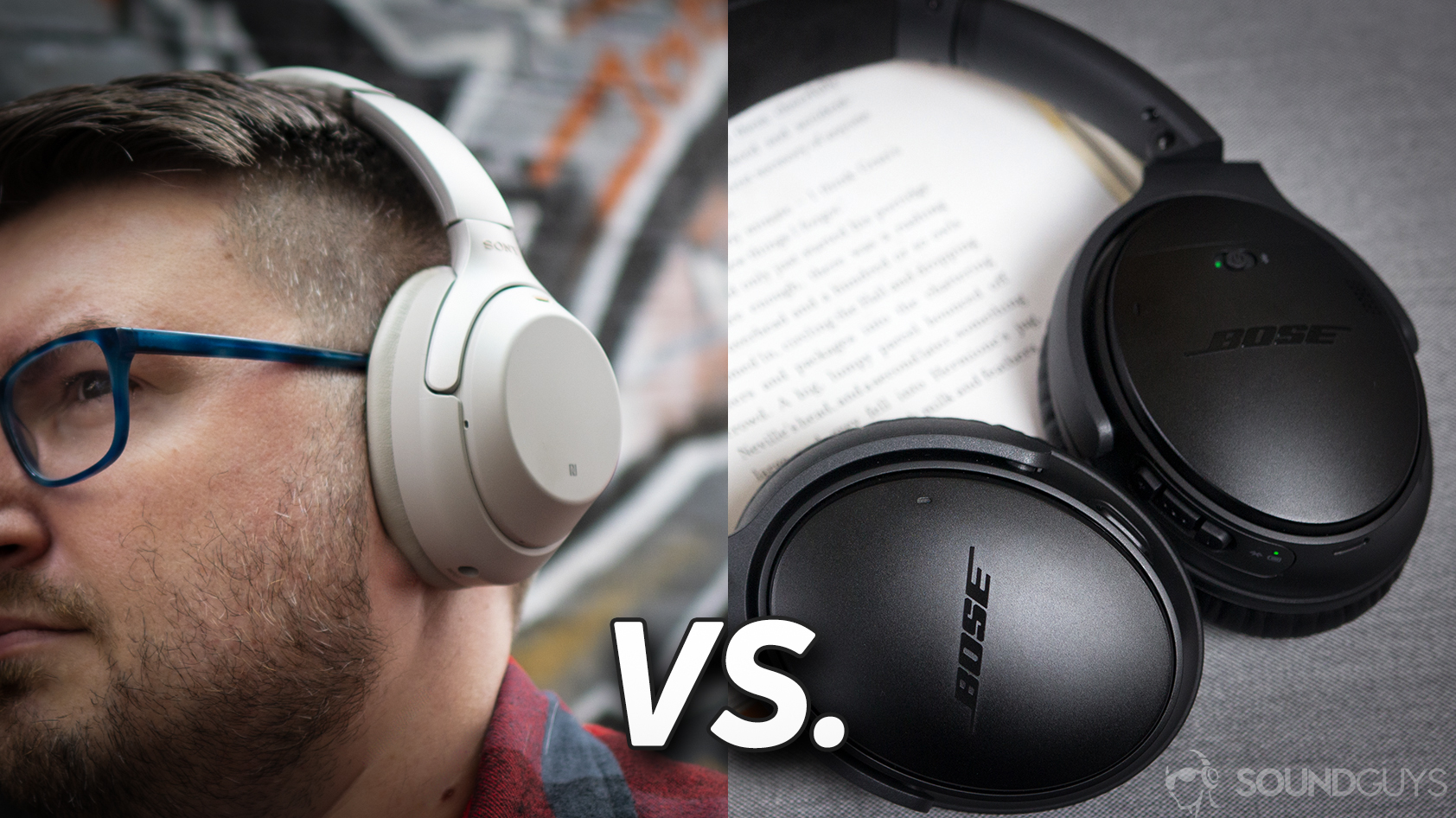
If you’re in the market for active noise canceling (ANC) headphones, the best noise canceling headphones seem to be the Sony WH-1000XM3 and the Bose QC35 II. But how do you decide which one is right for you? Thankfully, we don’t leave things up to taste here, we can break it down for you.
Editor’s note: this comparison was updated on December 9, 2020, to address an FAQ about the Apple AirPods Max, and to expand the list of buying options.
Which headset has better build quality?
![Bose QuietComfort 35 II[4] The Bose Quiet Control 35 II in black laying on a gray couch.](https://www.soundguys.com/wp-content/uploads/2017/10/Bose-QC35-II4.jpg)
Bluetooth headphones live and die based on their connection quality, and it’s tough to get a good sense of what you’re getting into unless you read in-depth reviews. However, when it comes to the Bose QC35 II and the Sony WH-1000XM3, you’re talking about two top-of-the-line active noise canceling headphones. You’re not going to “pick wrong” here. However, there are a few differences you should be aware of.
| Bluetooth Codecs | Wired connection | Controls | Weight | Charge port | |
|---|---|---|---|---|---|
Sony WH-1000X M3 | Bluetooth Codecs AAC, SBC, aptX, aptX HD, LDAC | Wired connection Yes | Controls Touch gestures | Weight 255g | Charge port USB-C |
Bose QC35 II | Bluetooth Codecs SBC, AAC | Wired connection Yes | Controls Physical buttons | Weight 234g | Charge port microUSB |
As you can see, the Bose QC35 II are showing their age a bit, as they offer only micro-USB charging, whereas the Sony WH-1000XM3 are equipped with a USB-C port. Additionally, the QC35 II falls behind in Bluetooth codec support, only offering SBC and AAC connectivity.
Both headphones have great controls built-in, but they have different philosophies behind them. The Bose QC35 II gives users control with physical buttons and a slider, where the Sony WH-1000XM3 offers controls through its touchpad on the right ear cup. A series of gestures allow you to change tracks, volume, play/pause, access your voice assistant, or pipe in outside sound so you can hold a conversation without taking the headphones off.
![Bose QuietComfort 35 II[5] The Bose QC 35 II pictured on a green workmat next to an iPhone and Android phone.](https://www.soundguys.com/wp-content/uploads/2017/10/Bose-QC35-II5.jpg)
The Bose QuietComfort 35 II’s voice assistant command works with both Android and iOS. Both batteries last around 24 hours with a playback volume of 75dB, so there’s no clear winner here outside of the specifications listed above.
The Sony WH-1000XM3 has much better noise canceling
Bose has long been the gold standard when it comes to active noise canceling, but as time moves on, more and more companies have made digital ANC work in their favor. Sony is one of those companies.
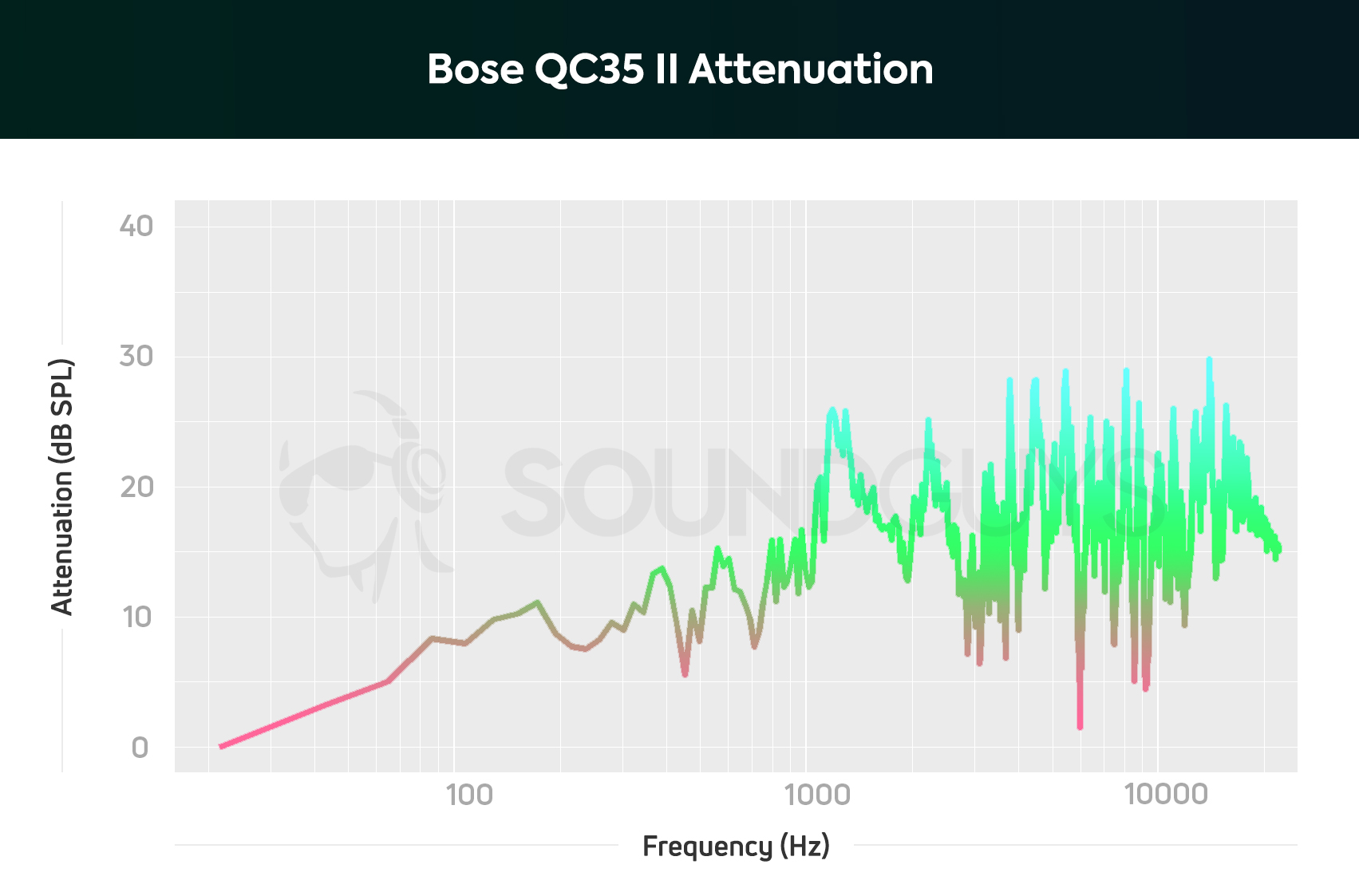
The QC35 II offers an impressive amount of attenuation across the board, making them great for flights and subway rides, but Sony wins this head-to-head, as it attenuates far more noise.
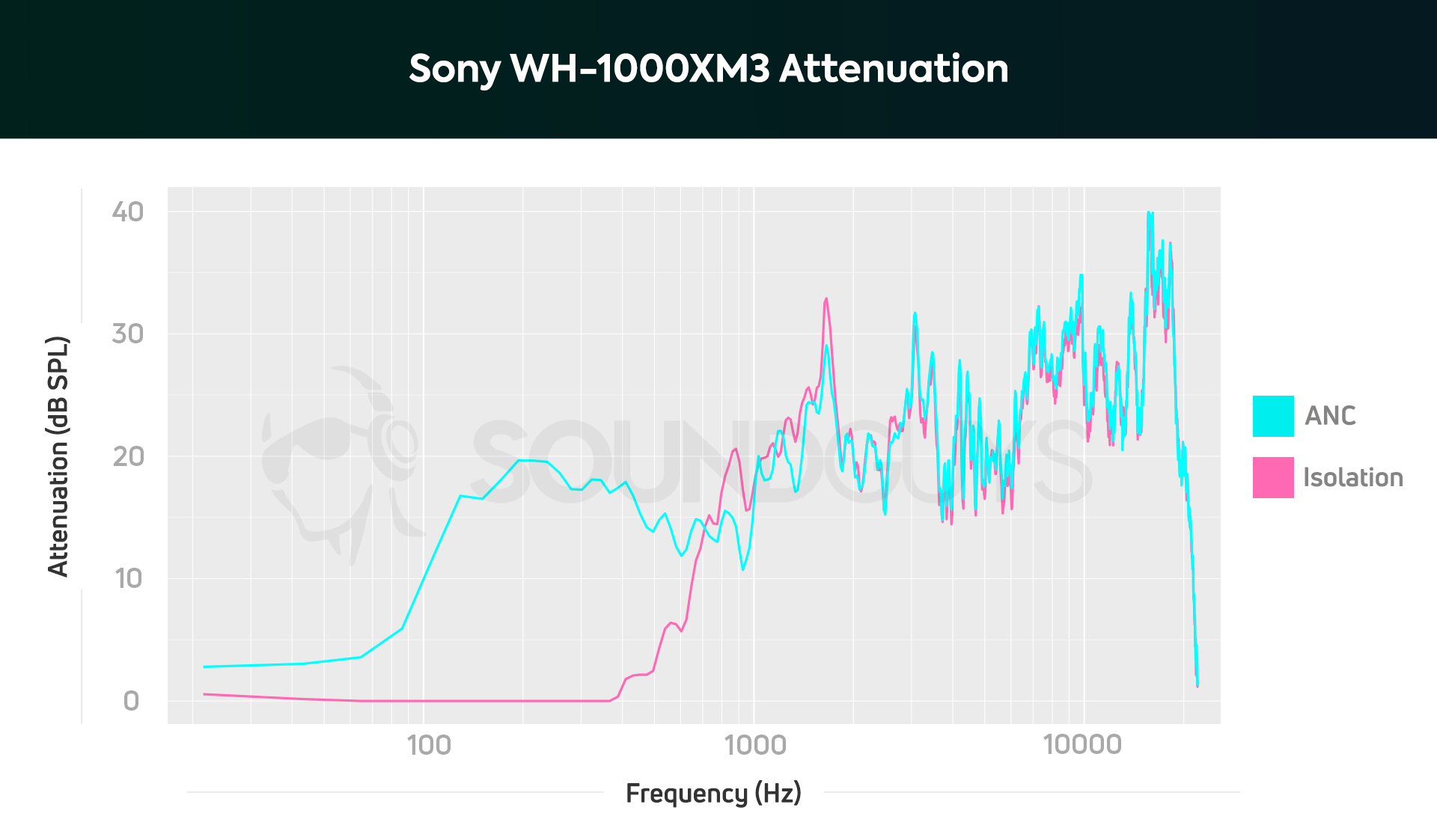
See how much more of that line reaches into the green and blue? The Sony WH-1000XM3 is much better at canceling noise above 100Hz than the Bose is. However, because the Bose QC35 II can block out more sub-100Hz noise, it does a better job at killing unwanted car engines and low rumbles.
Winner: Sony WH-1000XM3
Do the Bose QC 35 II or Sony WH-1000xM3 sound better?
This one’s another close result, but the results are more a matter of taste than anything else.
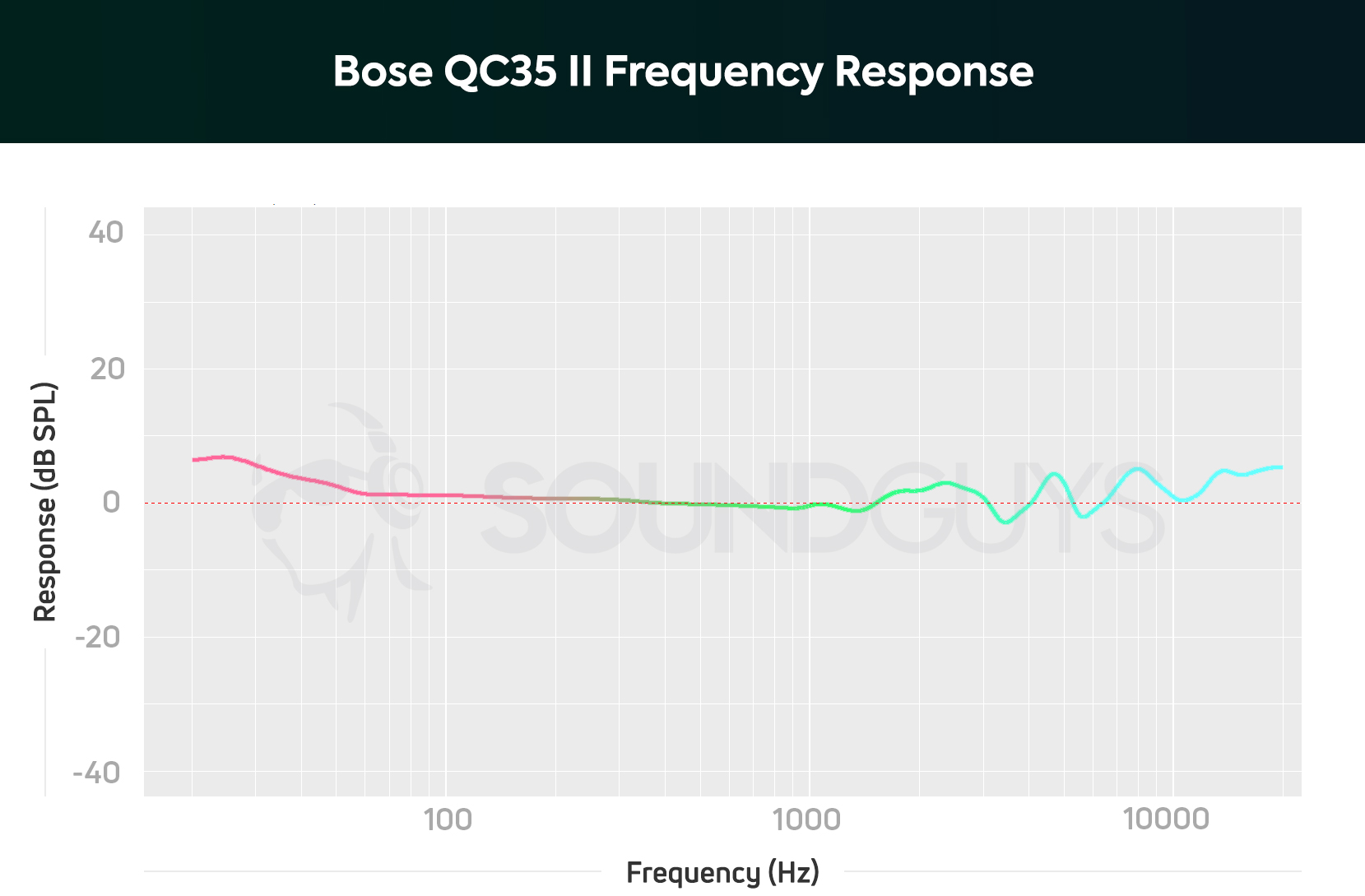
Out of the box, the Bose QC35 II have an excellent frequency response (note emphasis) that doesn’t really make any one range of notes stand out over others. This is excellent for equalizing your music if you wish. However, the headphones only support SBC and AAC. Higher-bitrate listening isn’t a possibility on these headphones, so you may notice some compression artifacts in louder music.
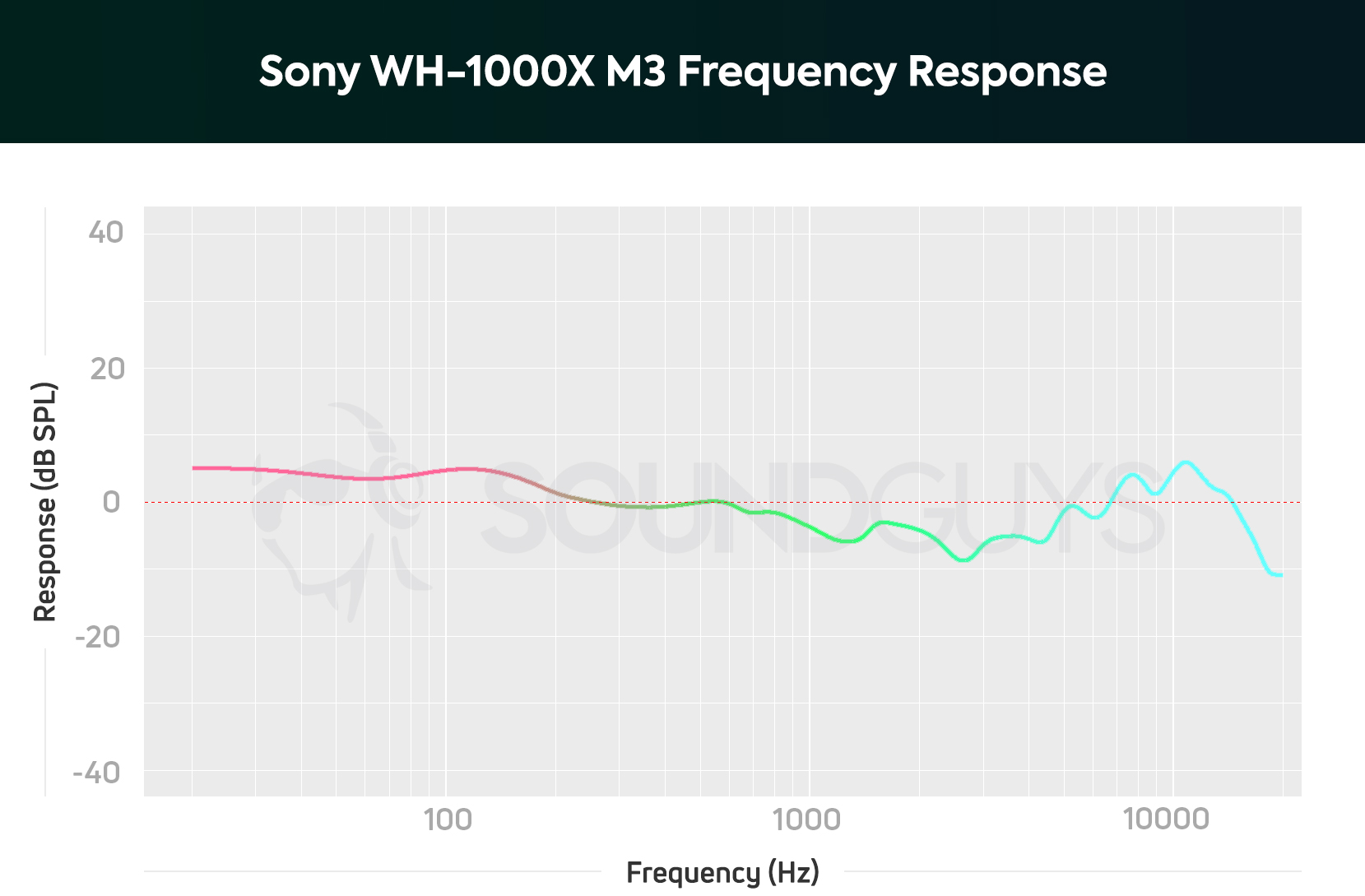
The Sony WH-1000XM3 on the other hand, have a note emphasis that boosts bass a decent amount, but doesn’t get too crazy with it. The headphones offer a response that’s far more consumer-friendly, and it still can be equalized in the app. But the big thing here is that the WH-1000XM3 supports aptX, aptX HD, and LDAC Bluetooth codecs, meaning it will be able to support higher-quality music streaming. That’s a big advantage over Bose’s QC35 II.
Winner: Sony WH-1000XM3
Which headset is best for phone calls?
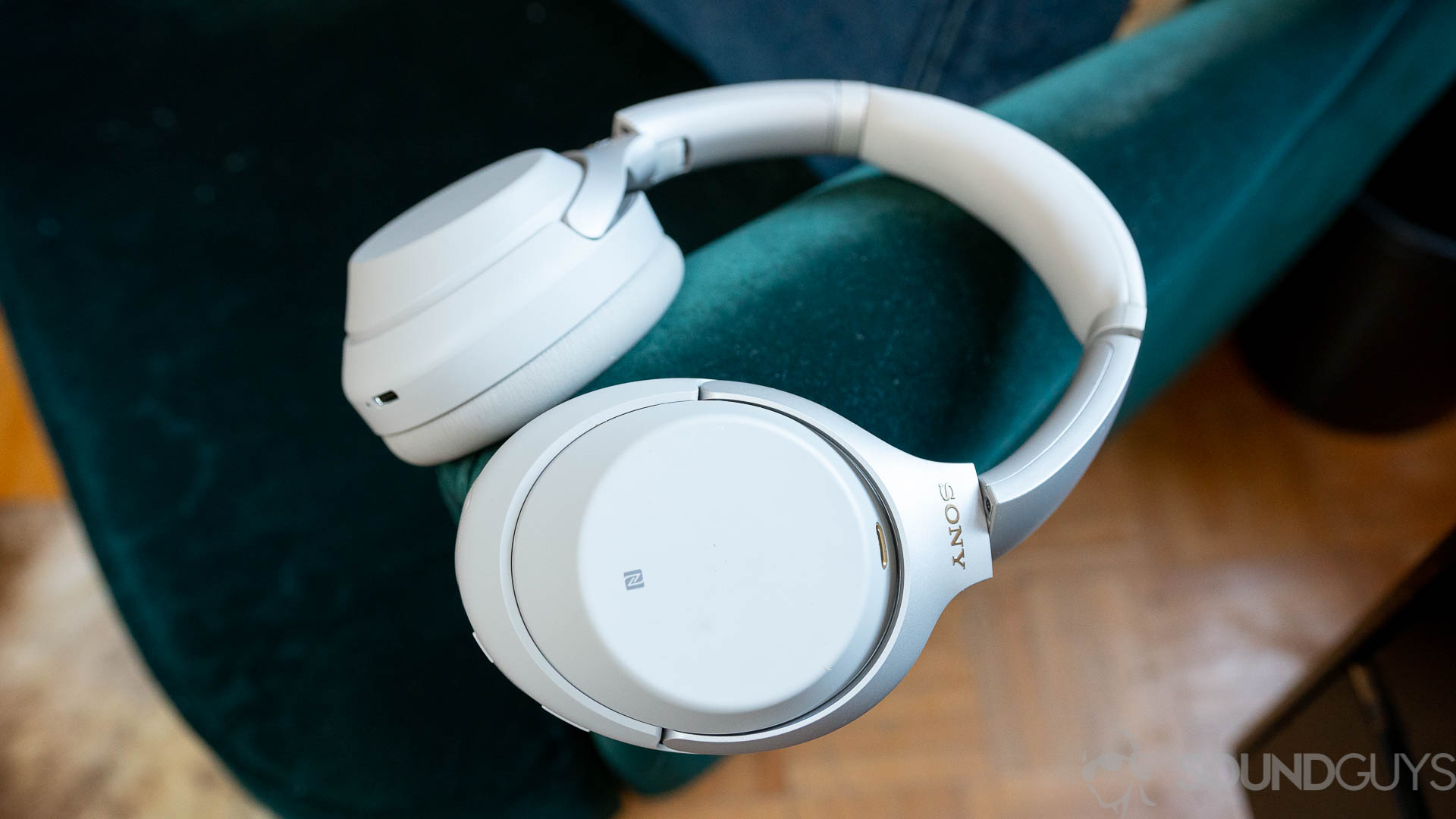
There’s a clear winner here, and it’s the Sony WH-1000XM3. On the following charts, the closer to zero the line is, the better the result. You also probably aren’t recording anything but your own voice with these headphones, so I’ve limited the scale to the voice band. For those keeping score at home, the voice band is the range of frequencies that a human voice can occupy, at maximum 50-4,000Hz.
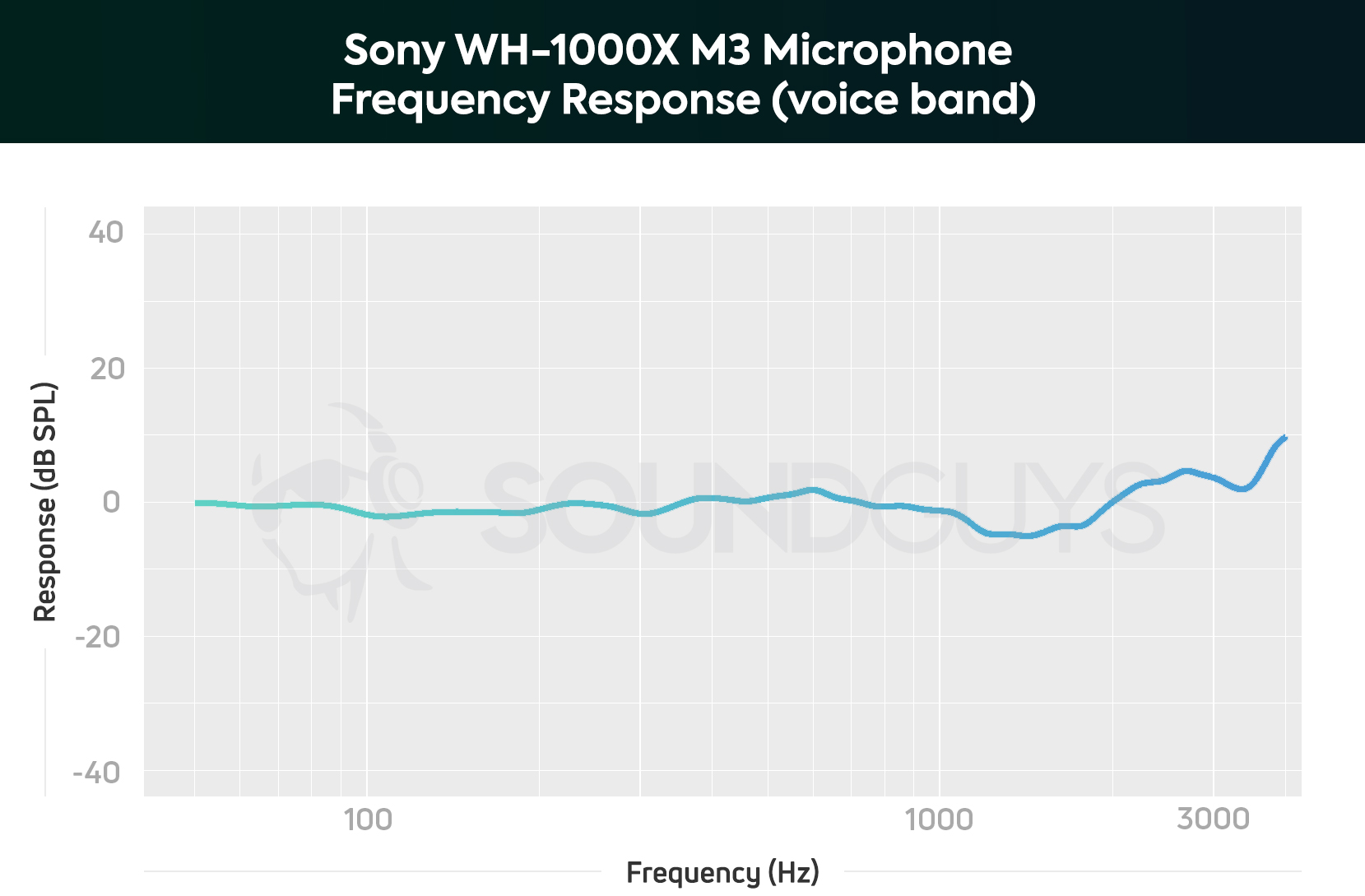
As you can see, the Sony WH-1000XM3 doesn’t really alter your voice in any way, nor does it have trouble picking it up. This is an excellent microphone for voice quality. Just be aware, though, that it tends to pick up everything around you as well.
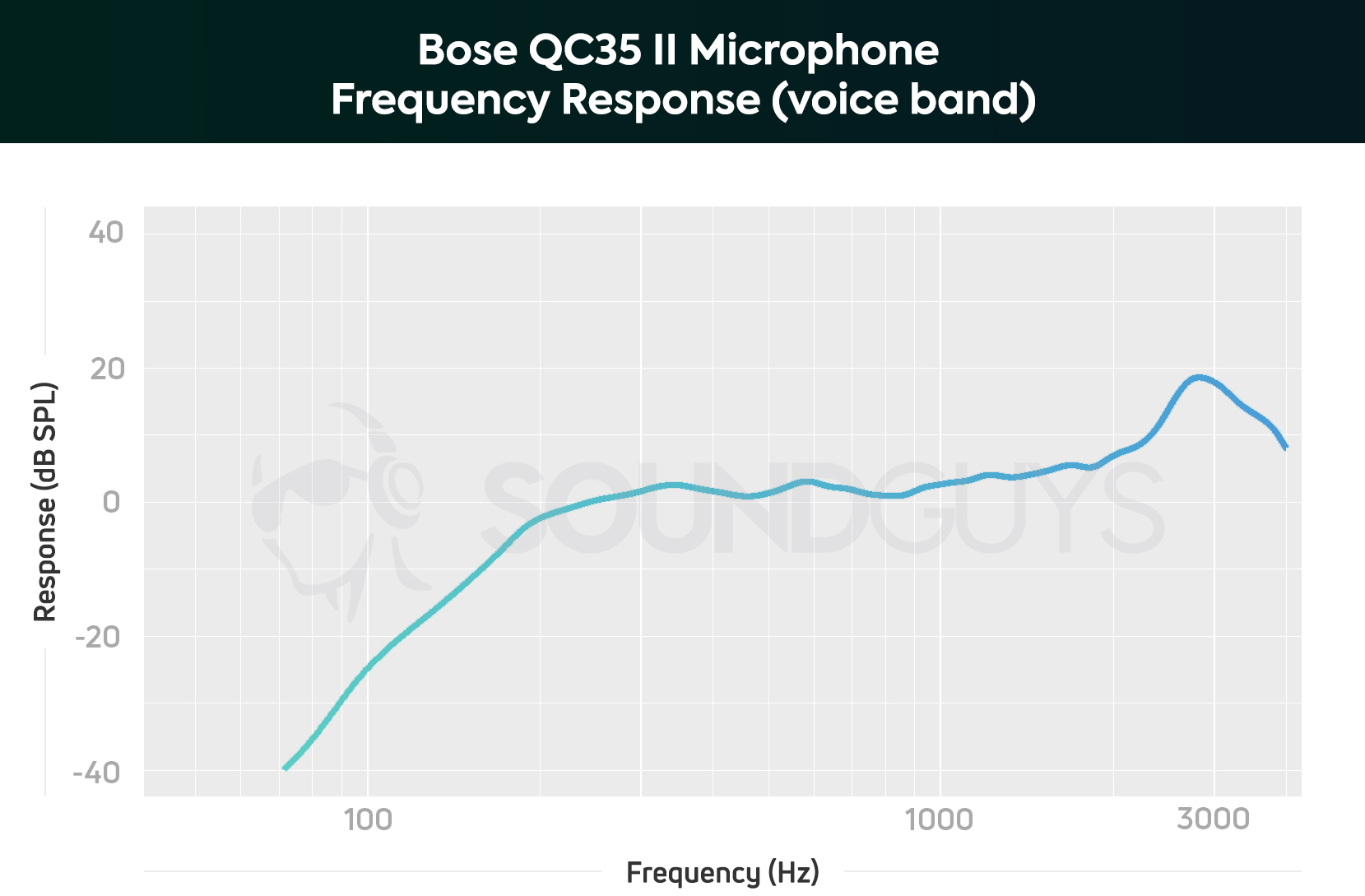
The Bose QC35 II, on the other hand, attenuates sounds under 200Hz to combat what’s called the proximity effect. Ever listen to a podcast where you can tell the speaker is too close to the mic? That’s the thing.
Bose QuietComfort 35 II microphone demo:
Sony WH-1000XM3 microphone demo:
Which sounds better to you?
While it has the benefit of killing noise in your recordings, it also makes low-pitched voices half to one-quarter as loud in voice calls because the Bose QC35 II’s microphone doesn’t emphasize those notes at the same level. While that might not sound like a professional recording at all, this is actually a good response for phone calls and voice chats, as the sounds we need to hear for speech intelligibility will be louder in comparison.
Winner: Sony WH-1000XM3
Sony WH-1000XM3 vs. Bose QuietComfort 35 II: which should you buy?
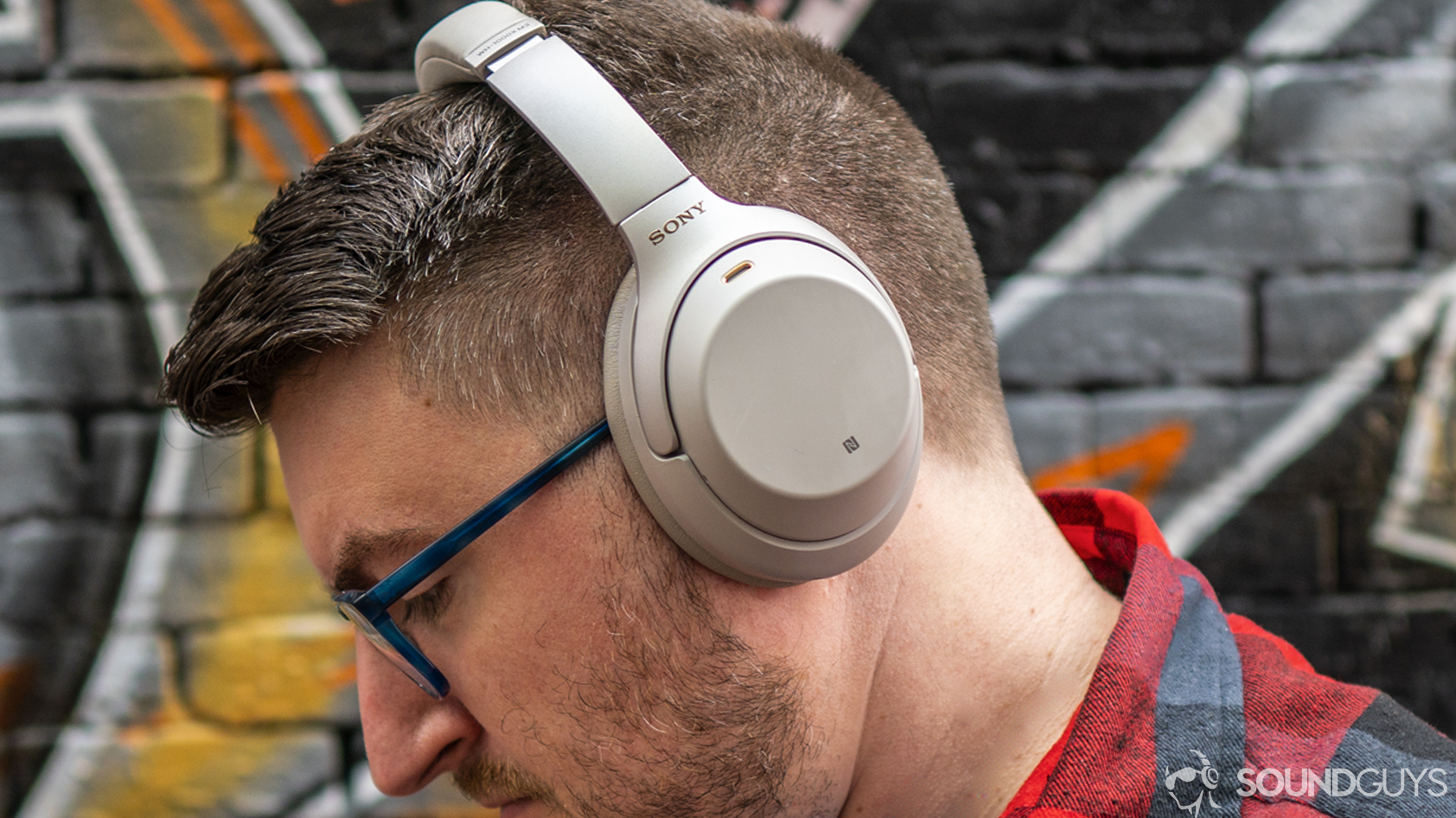
Both are exceptional headphones, but there are tradeoffs on either. However, in most respects: the Sony WH-1000XM3 ( among the best headphones Sony has to offer) is the runaway winner here. Not only does it perform better than the Bose QC35 II, but it also has more up-to-date hardware.
Of course, sales happen, and maybe the shortcomings of the Bose QC35 II don’t seem as bad because they fit you better—that’s fine! As of this update, the Bose QuietComfort 35 II are heavily discounted and retail for just $199 USD in certain regions. Price reductions like this can make your decision much easier: no reason to stretch your budget unreasonably.
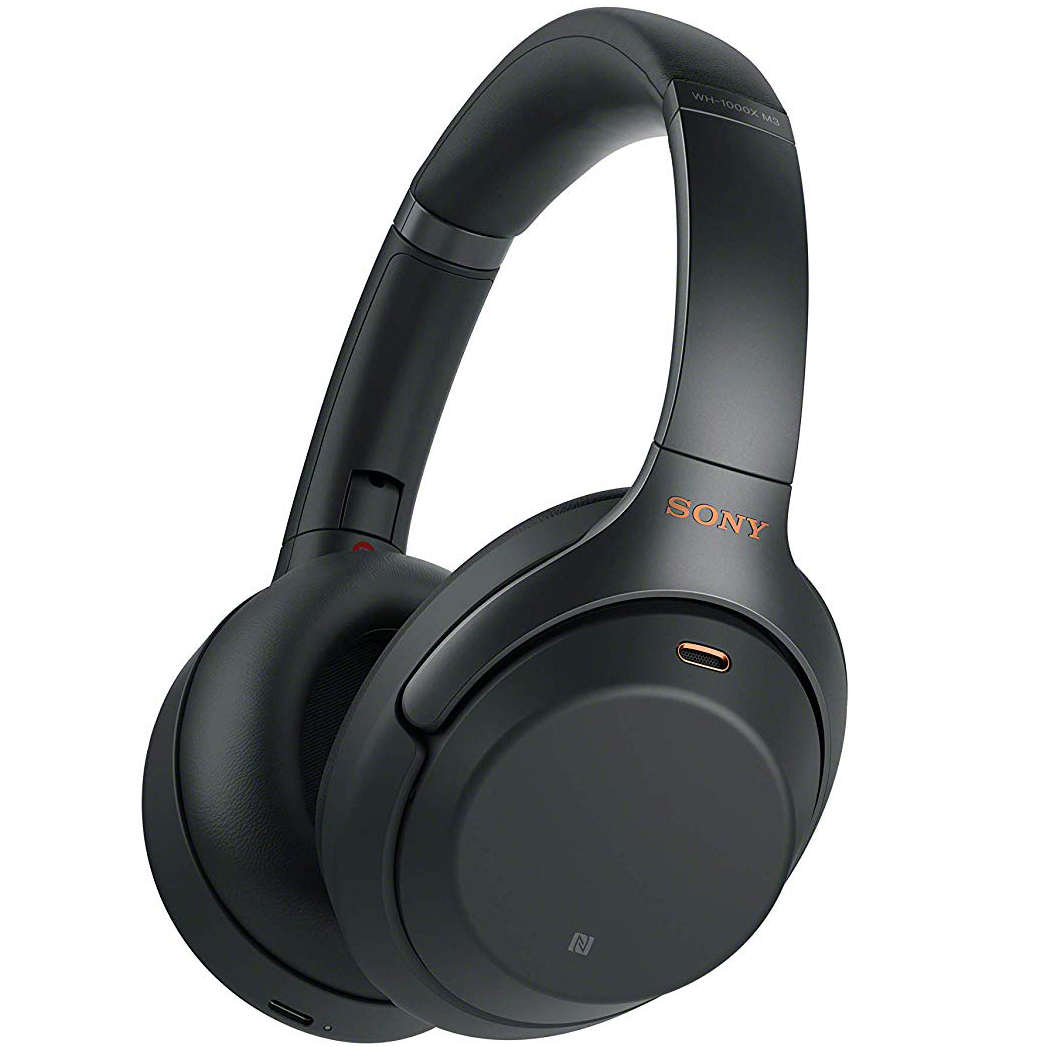
Pick up the headphones you like better—even if it’s just because you like Bose headphones or Sony headphones in principle. However, if you’re looking for longevity, future-proofing, and sound quality: the Sony’s the easy winner here.
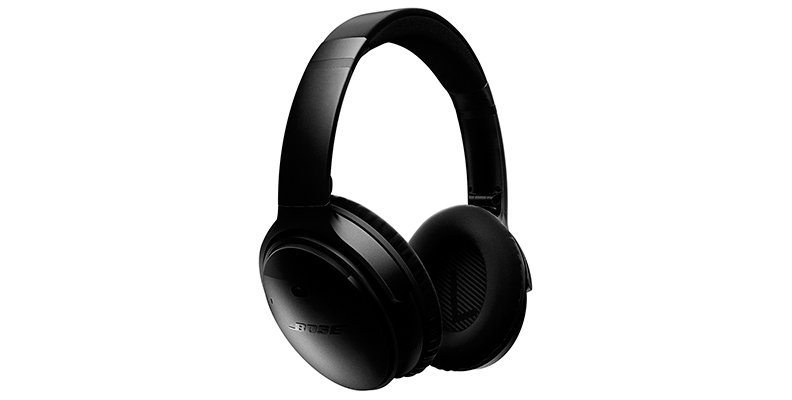
Consider the Sony WH-1000XM4 instead
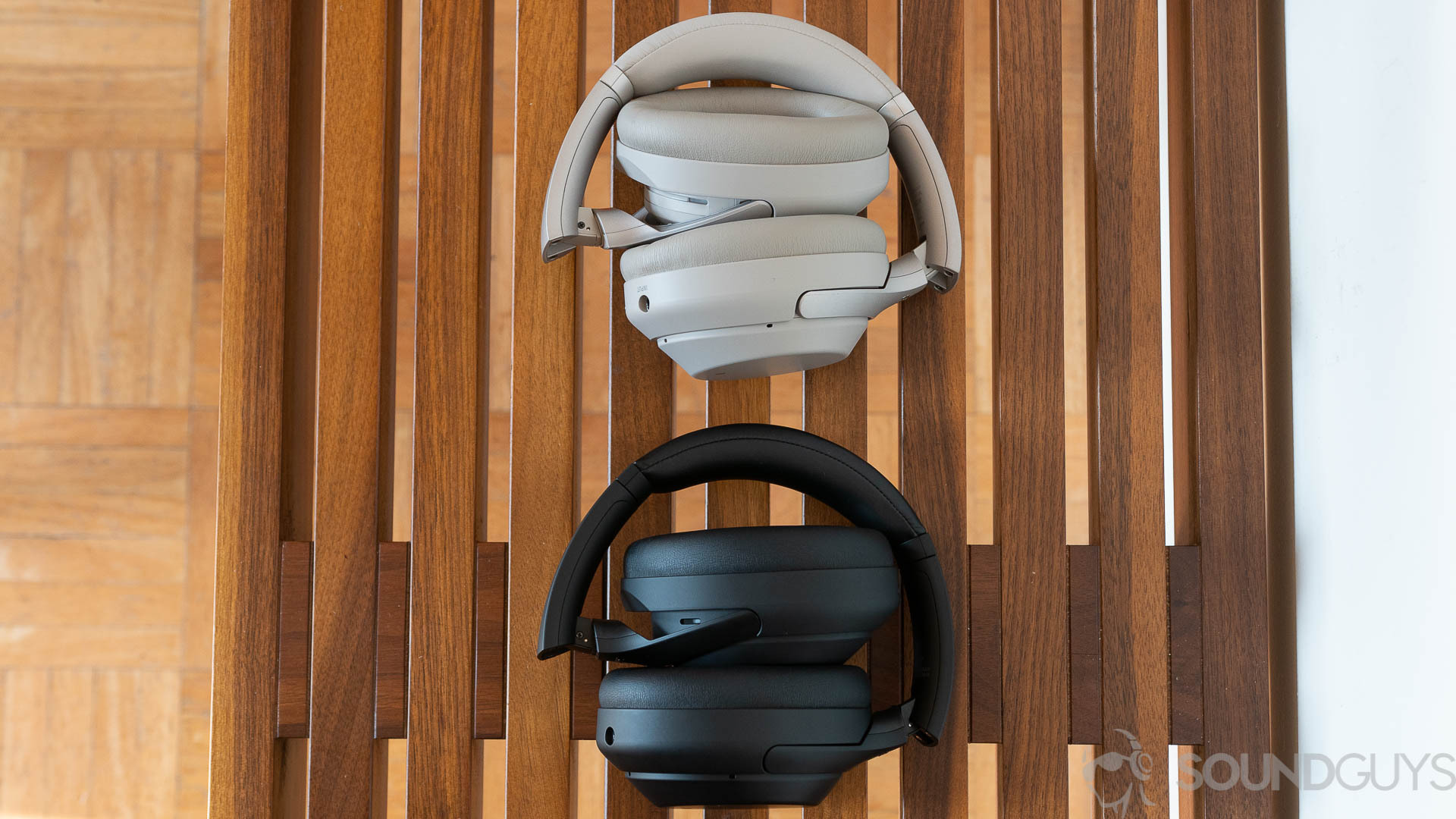
The Sony WH-1000XM4 take everything great about the WH-1000XM3 and further improve upon it. That’s right, noise canceling sound quality, and comfort are all new and improved. There are a few drawbacks to the new headset compared to the XM3: battery life is slightly less impressive, and initially microphone quality falls flat, though the latter is easy to fix with a firmware update. If you want the latest and greatest that noise canceling headphones have to offer, get these software feature-packed headphones.
Next: Bose Noise Canceling Headphones 700 vs. Sony WH-1000XM4
Frequently asked questions about the Sony WH-1000XM3 and Bose QC35 II
The biggest difference between the Apple AirPods Max and the Sony WH-1000XM3 and Bose QuietComfort 35 II is the price. In typical Apple style, the AirPods Max cost an exorbitant amount, $549 USD to be precise, more than doubling the cost of either headset discussed today. The price may be justifiable for some, because it affords an easy solution to anyone already surrounded by plenty of Apple devices. Just like the AirPods Pro, the AirPods Max operate seamlessly with iOS devices, and you can automatically switch devices, share audio, and access Siri with just your voice. Apple’s noise canceling headphones feature hybrid ANC, which reduces both external noise and inner-ear resonances. It’s a hard sell, but the right buyer is bound to enjoy their shiny, Apple-friendly headset.
Between the Sony WH-1000XM3 and Bose QuietComfort 35 II, the Sony headset is your better pick for noise canceling performance. The new Sony WH-1000XM4 have even more effective ANC, but the best noise canceling headphones for the human voice frequencies is the Shure Aonic 50.
Headphones tend to have a longer shelf life than smartphones do, so updates to existing lines tend to happen at longer intervals. For example, the WH-1000XM3 was a bit of a surprise when it released only a year after the Sony WH-1000XM2, mostly because it was so similar to the old model (outside of the USB-C connector). It’s more usual to see update schedules around 2-4 years, if ever.